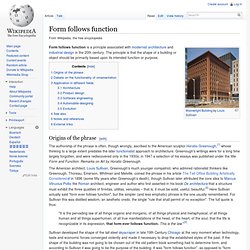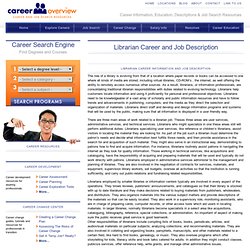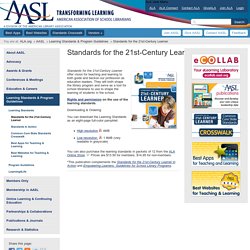

Form follows function. Form follows function is a principle associated with modernist architecture and industrial design in the 20th century.

The principle is that the shape of a building or object should be primarily based upon its intended function or purpose. Origins of the phrase[edit] The American architect, Louis Sullivan, Greenough's much younger compatriot, who admired rationalist thinkers like Greenough, Thoreau, Emerson, Whitman and Melville, coined the phrase in his article The Tall Office Building Artistically Considered in 1896 (some fifty years after Greenough's death), though Sullivan later attributed the core idea to Marcus Vitruvius Pollio the Roman architect, engineer and author who first asserted in his book De architectura that a structure must exhibit the three qualities of firmitas, utilitas, venustas – that is, it must be solid, useful, beautiful.[2] Here Sullivan actually said "form ever follows function", but the simpler (and less emphatic) phrase is the one usually remembered.
Wellesley Hills Research and Instruction Librarian Job at Welles. OFCCP Final Rule for Veterans and Individuals with Disabilities: A Session for HERC Members What do OFCCP’s Final Rules (as of 3/24/14) on Section 503 of the Rehabilitation Act of 1973 and VEVRAA (Vietnam Era Veterans’ Readjustment Assistance Act) mean for your institution? What steps have you taken to ensure that you are in compliance with the new rules?
Have you implemented these new requirements including: 1) notification to vendors and subcontractors; 2) notices to employment services system; 3) notices to applicants and current employees; 4) pre-offer self-identifications; 5) post-offer, pre-employment self-identifications; 6) availability of Affirmative Action Programs; 7) advertising taglines; 8) evaluation of personnel policies; 9) successful demonstration of outreach efforts, recruitment, and selection for Individuals with Disabilities and Protected Veterans. Librarian Career and Job Description. Librarian Career Information and Job Description The role of a library is evolving from that of a location where paper records or books can be accessed to one where all kinds of media are stored, including virtual libraries, CD-ROM’s , the internet, as well offering the ability to remotely access numerous other sources.

As a result, librarians, or information professionals, are consolidating traditional librarian responsibilities with duties related to evolving technology. Librarians help customers locate information and using it proficiently for personal and professional objectives. Librarians need to be knowledgeable of a vast array of scholarly and public information resources and have to follow trends and advancements in publishing, computers, and the media as they direct the selection and organization of materials. There are three main areas of work related to a librarian job. Library Job Descriptions. Before developing job descriptions it is important to decide on their purpose.

As you draft a job description remember the Americans with Disabilities Act which focuses on employment requirements and the protections that are afforded a “qualified individual with a disability.” A qualified individual is, “an individual with a disability who, with or without reasonable accommodation, can perform the essential functions of the employment position that such person holds or desires.” The ADA states that “consideration shall be given to the employer’s judgment as to what functions of a job are essential, and if an employer has prepared a written description before advertising or interviewing applicants for the job, the description shall be considered evidence of the essential functions of the job.” Thus, it is necessary to include in job descriptions “essential functions of the job.”
Jsea / EMPOWERING THE JSEA LEARNER: Standards for JSEA Libraries. AASL Standards for the 21st-Century Learner. Skip to main content ALA User Menu Search form A Division of the American Library Association You are at: ALA.org » AASL » Learning Standards & Program Guidelines » Standards for the 21st-Century Learner Share this page: Share on Facebook Share on Google+ Share on Pinterest Print Standards for the 21st-Century Learner Standards for the 21st-Century Learner offer vision for teaching and learning to both guide and beckon our profession as education leaders.

Rights and permission on the use of the learning standards. Downloading & Ordering You can download the Learning Standards as an eight-page full-color pamphlet: You can also purchase the learning standards in packets of 12 from the ALA Online Store. Prices are $13.50 for members; $14.95 for non-members. *This publication complements the Standards for the 21st-Century Learner in Action and Empowering Learners: Guidelines for School Library Programs. © 1996–2015 American Library Association.